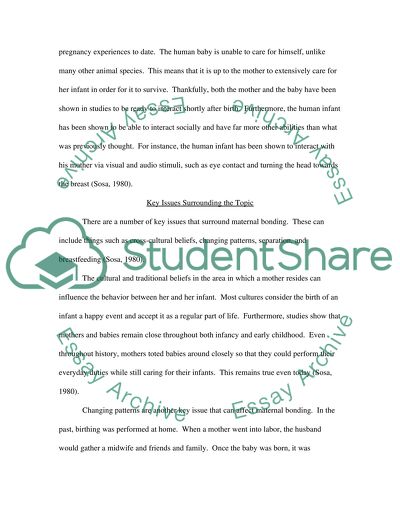Cite this document
(“Maternal bonding Essay Example | Topics and Well Written Essays - 1250 words”, n.d.)
Retrieved from https://studentshare.org/miscellaneous/1547235-maternal-bonding
Retrieved from https://studentshare.org/miscellaneous/1547235-maternal-bonding
(Maternal Bonding Essay Example | Topics and Well Written Essays - 1250 Words)
https://studentshare.org/miscellaneous/1547235-maternal-bonding.
https://studentshare.org/miscellaneous/1547235-maternal-bonding.
“Maternal Bonding Essay Example | Topics and Well Written Essays - 1250 Words”, n.d. https://studentshare.org/miscellaneous/1547235-maternal-bonding.


